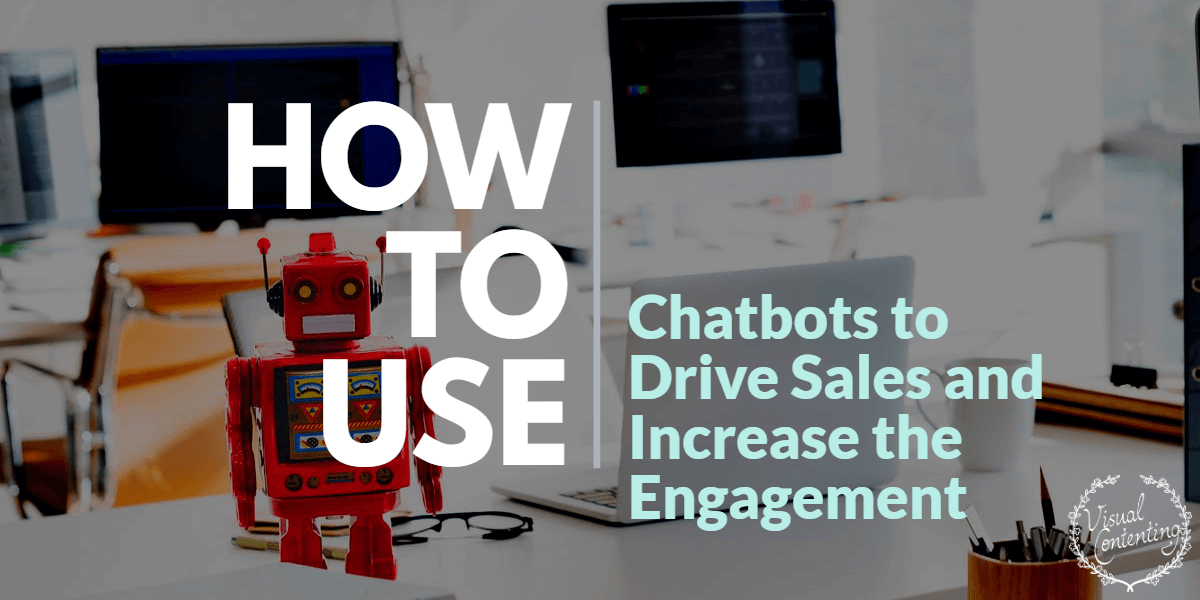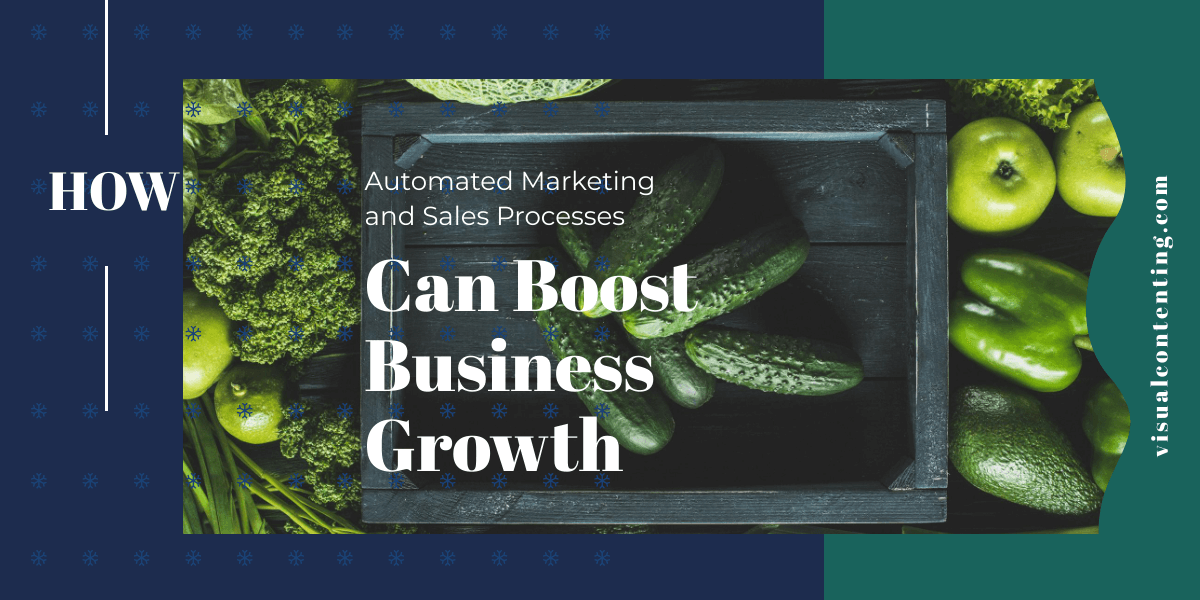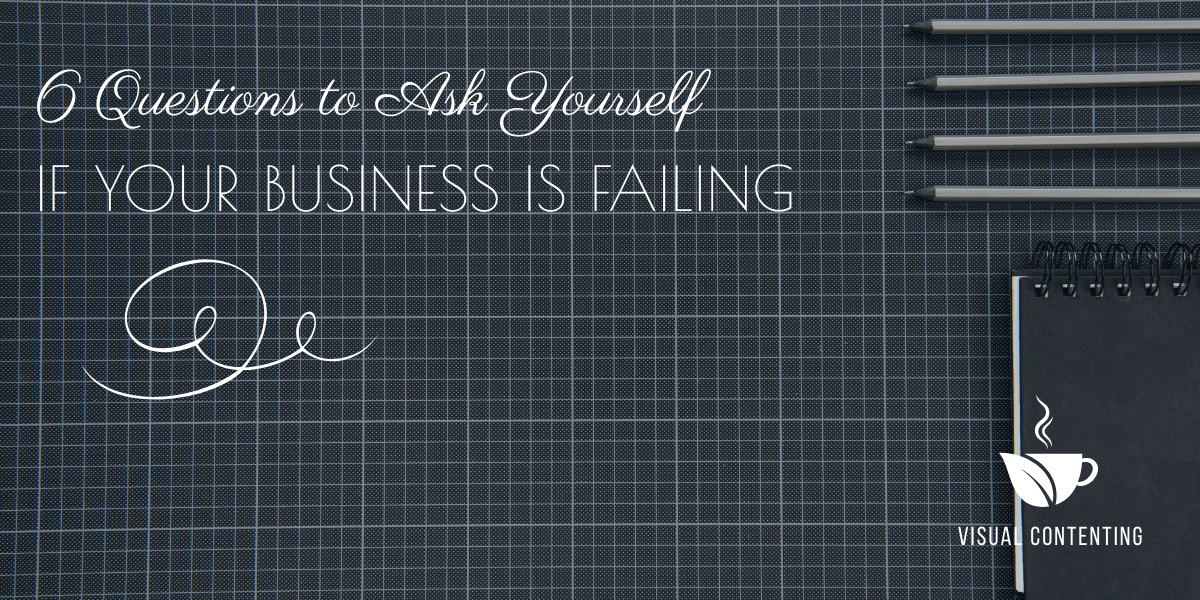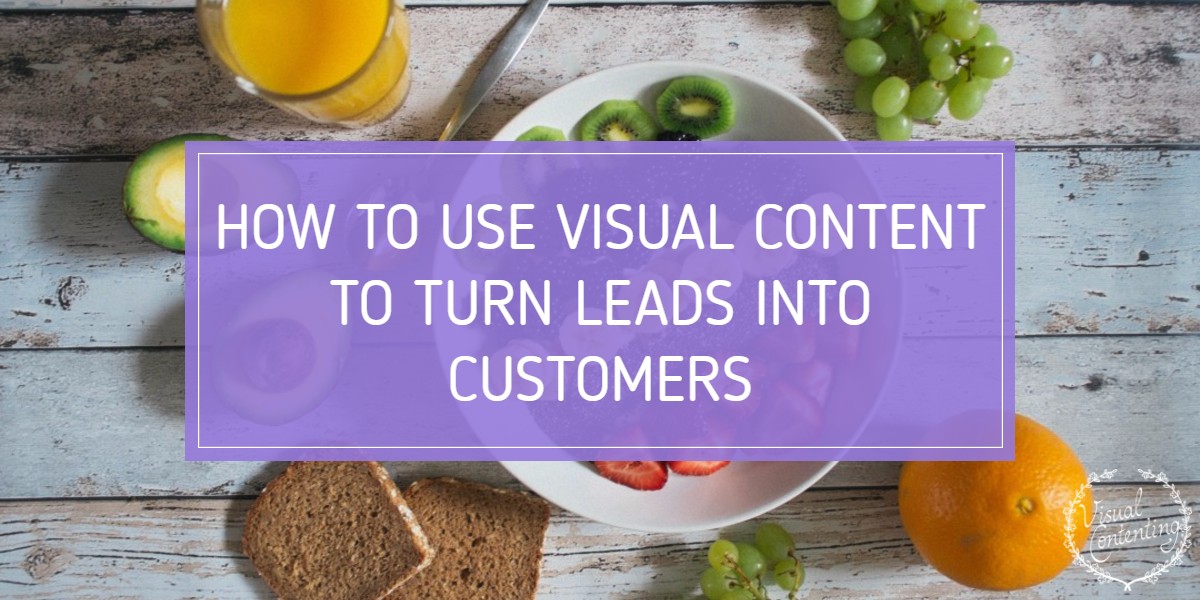The way you communicate with your customers has changed. Now’s the time to adapt - and adapt correctly.
In 2017, it was predicted that messaging apps will overtake social media. And while it might seem foolish to suggest that messaging will make content marketing completely redundant anytime soon, the fact is that conversational marketing is interactive and can boost leads by 30% or more suggests that it should form a key part of your marketing strategy moving forward.
Conversational marketing is interactive and can boost leads by 30% Share on XTraditional marketing is being replaced - indeed, there are already over 100,000 chatbots on Facebook alone. Traditional marketing is being replaced - indeed, there are already over 100,000 chatbots on Facebook alone. Share on X If you’re ready to embrace the new and supercharge your sales, join us as we take a look at how to use chatbots to drive sales and increase engagement.
Make the Customer Experience Highly Targeted and Personalized
Chatbots are a form of Artificial Intelligence (AI): they use machine learning to learn more about the people they are talking to. Then, they can tailor their future responses so that conversations can improve. They are able to learn more about customers personal preferences, likes and dislikes, buying habits and so on.
Armed with this kind of valuable information, the chatbot is then able to offer customers more of what they want, while guiding them in the right direction towards a sale. Moreover, the bot is able to offer less of what they don’t want, thus saving time and boosting customer satisfaction.
Hyper-personalization is now what your customers want. Chatbots are able to provide it. The more they interact with your customers, the less generic and more personal their responses could be.
Learn More about Your Customers
Let’s face it, what we all want are qualified leads.
Imagine wasting your time talking to hundreds of people who never intended to buy from you in the first place? You wouldn’t do it and your chatbot doesn’t have to do it either.
Take Rapid Miner, for example. Rapid Miner knew they had a lot of site visitors, and they were also savvy enough to realize that not all of them were qualified leads.
To figure out who to talk to and who not to talk to (in other words, who would buy and who wouldn’t), they created a chatbot called LeadBot to automate the lead qualification process for them.
How? The bot asked qualifying questions.
These questions, which were supplemented by personalized conversations, helped Rapid Miner cut through the noise and focus more of their time on the right prospects.
First, decide what information you want to collect from your customers. Then, outline a series of questions that are designed to collect that information. You can then use the information to create a more personalized experience.
Recommended: eCommerce Chatbots: 5 Things Bots Can Do for Your eCommerce Biz
Generate Feedback
You can use your chatbot to learn more about your customers via questions. The more you know about your customers at large, the more you can improve your overall marketing strategy.
By being more feedback-driven, you’re in better control of your marketing. Your strategies become more targeted as you’re able to give people more of what they need and want.
Keep Your Customers Engaged for as Long as Possible
Content marketing does work - but only to a degree.
According to research, we as a collective pump out 2.5 quintillion bytes of content each day. It’s a mind-boggling amount. People are drowning in content, a lot of which isn’t even relevant to them.
Keeping your prospects engaged is now harder than ever, simply because you’re fighting against so much competition. This is where chatbots come in.
Look at it like this: A prospect has just watched your one-minute explainer video (content marketing). Although it comes with a Call To Action (CTA) at the end, they might not be inclined to take action because the engagement for them has just ended.
A chatbot brings them back into the game by asking them questions, fueling conversations, keeping your prospects engaged by sucking them into a funnel. Once you’ve started the conversation, you can do whatever will work best with this particular prospect - up-sell, cross-sell, and so on.
On the flip side, stats show that 43% of Americans say they’d rather talk to a real-life assistant than a digital one. At the same time, 61% say that the fact that a chatbot offers an instant response is what makes them so appealing in the first place. Stats show that 43% of Americans say they’d rather talk to a real-life assistant than a digital one. At the same time, 61% say that the fact that a chatbot offers an instant response is what makes them so appealing in the first place. Share on X Moreover, because chatbots can personalize the experience and lead the customer down the right path, there’s every chance they can nudge them closer to a conversion.
This is exactly what happened with Reward Stream. They developed a chatbot, which was then responsible for 30% of their conversions within the first 45 days.
To keep your customers engaged for as long as possible, keep your answers to their queries brief and direct, and always nudge the conversation forward. It’s also a good idea to ensure that your digital assistants reflect your company’s values. When writing your scripts, make sure that you inject your company’s values, culture, and personality onto your chatbots so that they resonate stronger with your prospects.
Increase Your Social Media Presence By Always Being “On”
Customers want fast answers. As mentioned above, it’s one of the reasons they like chatbots.
Moreover, customers will grow impatient and move onto another brand if you can’t answer their query in less than an hour.
With a chatbot, your company is always “on.” No matter where someone is in the world, no matter what time it is and no matter what their query is, they can engage your chatbot and get an instant response.
Such a presence raises brand awareness and helps to drive engagement and sales at any time of day. Your customers know that if they need an answer, all they need to do is jump on your chatbot, even if it’s midnight.
Recommended: How to Effectively Promote Your Social Media Channels
Boost Your Product Recommendations
Spring created a personalized shopper bot that limits its conversation to the absolute bare essentials - and it works like a dream.
Each interaction starts with a list of questions. The more questions that are answered, the more the bot knows exactly what products the customer is interested in. For example, Spring’s chatbot will ask questions such as “What are you looking for today?” And “What kind of men’s items?”
By the end of the conversation, the bot is in a position to tailor its recommendations so that the chances of purchase are significantly higher.
As you can see, a chatbot can prevent a customer from becoming frustrated because they’re faced with too many choices.
Chatbots are driving conversational marketing, which will be at the heart of marketing in 2019. If you can use your chatbots to represent your brand, before engaging with your customers, you can improve the effectiveness of your marketing. You can learn more about them, nurture them, or you can nudge them closer to a sale. The opportunities are endless. It’s time to take advantage of them.
Related Posts
Kas Szatylowicz is a digital marketer and an SEO writer at Digital Olympus. She is also a blogger at kaswho.com
Connect with her on LinkedIn or Twitter at @KasSzatylowicz.







